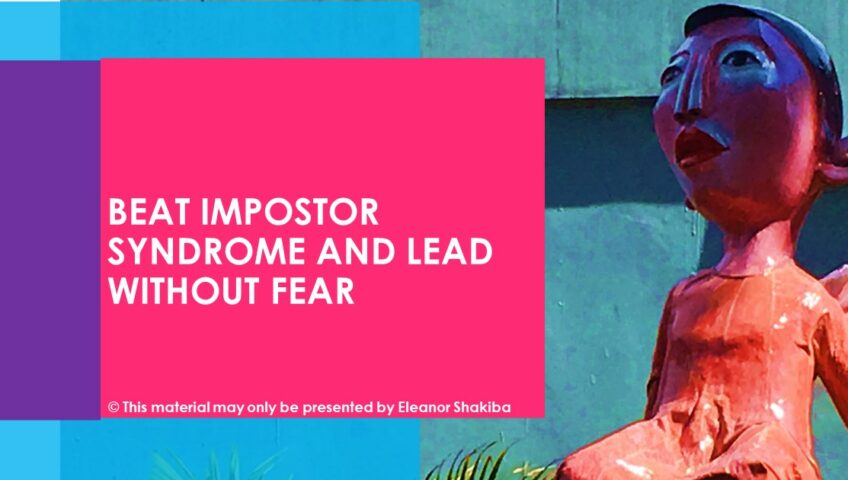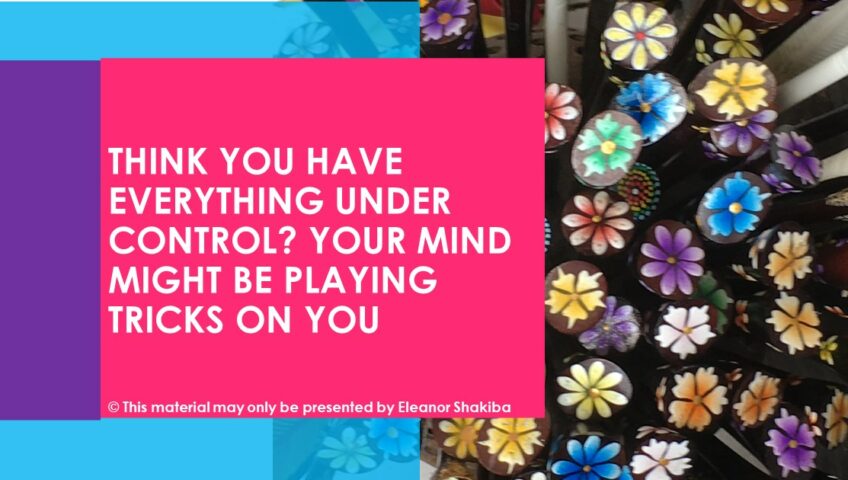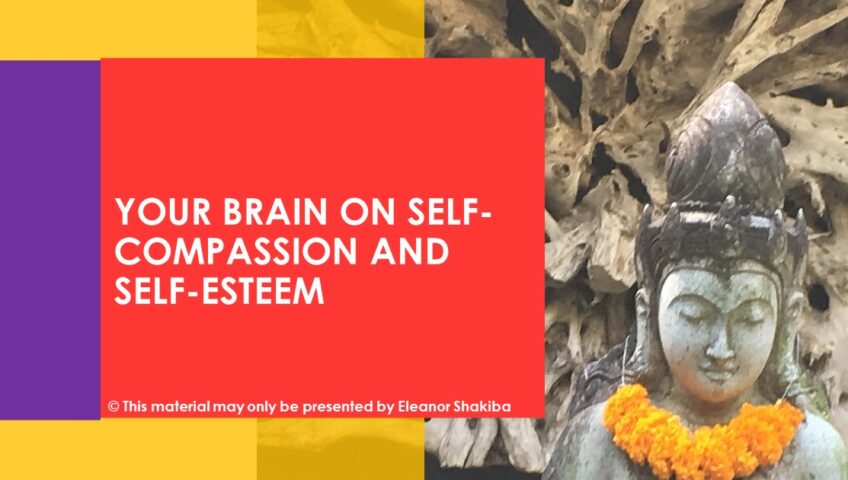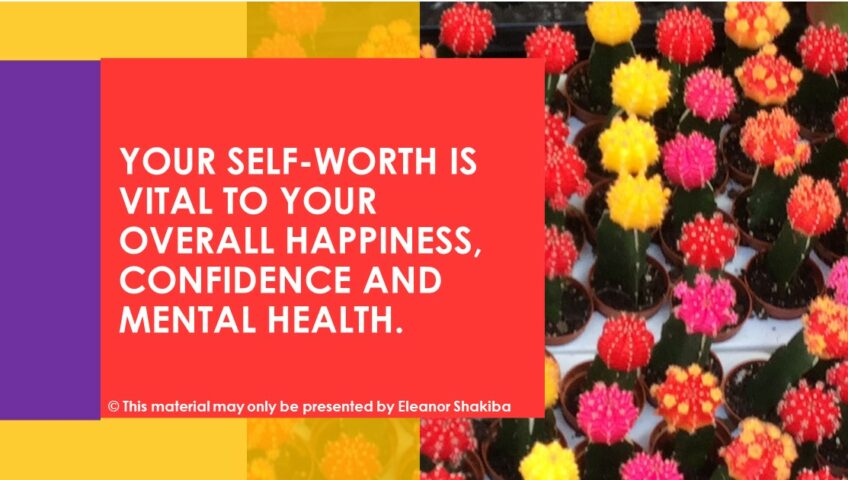Feeling exhausted and burned out? That can change today. Most people believe that motivation is directly linked to the state of mental energy. They believe that once your body and mind are at their peak physical and mental states, you’re motivated to go through the ups and downs of daily life. But new research shows the opposite. Your brain is as powerful at creating and inducing motivation as it is at turning on and off your motivation.
It has as much to do with your emotions and the stories you tell yourself as it does about your level of physical energy.
Whether you’re someone who seeks extra energy or motivation, this simple 2-step guide will help you to reverse a stressful habit and start taking charge of your own life.
- Start small. The best way to manage your emotions is to start with something that’s manageable. It’s better to take the small steps that you need to get started than to give up on something big. Choose a small goal today and set about doing it. This will make you feel like you’ve accomplished something – and you’ll build motivation from that point on.
- Make some changes. Change your exercise routine, increase the amount of exercise you do or try something new, like aerobic exercise. If you have a hard time getting up and going out, plan a morning routine that helps you get out of bed on time.
When you are motivated, you tend to be more positive about your future and what you want to achieve. So, power up your motivation today!
As the author of Beat Imposter Syndrome, I can help you achieve success easily. Find out about my one-to-one coaching and online courses at https://thinklearnsucceed.com.au.







